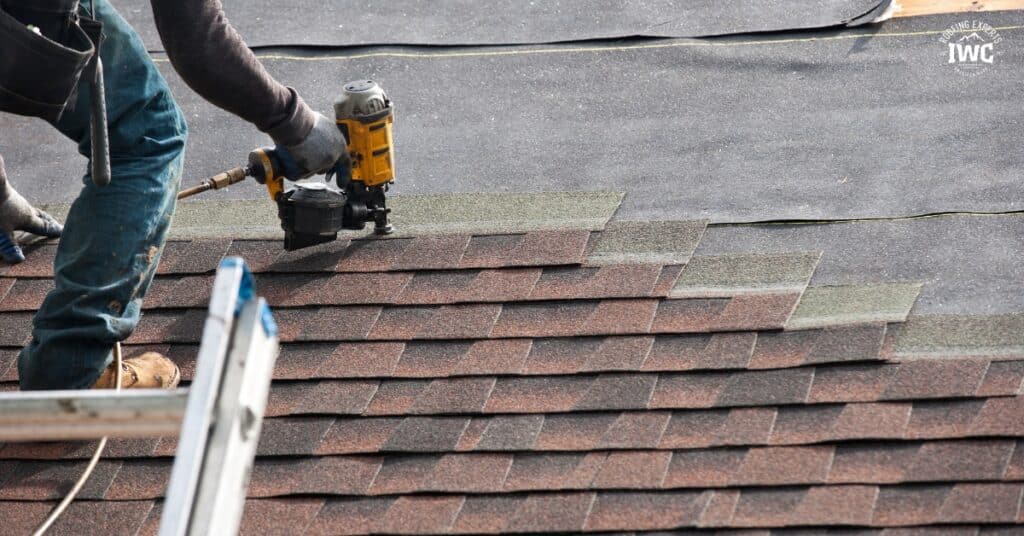
When Timing Meets Savings: How to Get the Best Roof Price in Utah
If your roof is starting to show its age or you have been hit with one too many repairs lately, you are probably wondering when to bite the bullet and replace it. Here is the thing: timing can make a big difference in what you pay. The roofing industry has real off-seasons, especially here in Utah, where weather and demand shift throughout the year.
In this guide, you will learn exactly when roofing is most affordable, how the seasons affect pricing, and what smart homeowners do to save money without cutting corners on quality. If you live anywhere along the Wasatch Front or nearby Utah cities, this will help you plan your project with confidence.
What We’ll Cover:
- When roofing prices drop the most
- Seasonal pros and cons in Utah
- Smart ways to save without sacrificing quality
- What you should avoid when waiting for cheaper rates
- FAQs every homeowner asks before booking a roof replacement
The Quick Answer: Late Fall and Winter Are Usually the Cheapest
Roofing costs in Utah tend to dip once the busy summer rush ends. Late fall through early winter is when many roofing companies offer better pricing to keep their crews working.

Here’s why:
- Lower demand means contractors have more flexibility in scheduling and may run promotions.
- Material suppliers often stabilize or discount pricing toward year-end.
- Weather in Utah is usually mild enough for installations through much of the winter, especially along the Wasatch Front.
If you are flexible and can plan around a few colder days, this window can save you 10–20% compared to peak summer pricing.
But saving money is not just about the calendar. It is about balancing timing, quality, and risk. Let’s unpack what each season means for your wallet and your roof.
Understanding How Season Affects Roofing Costs
Roofing is not a one-price-fits-all industry. Supply, demand, weather, and even insurance claims play a role.
Spring: The Rebound Season
- What happens: Demand surges after winter storms.
- Impact on cost: Prices rise slightly because everyone wants work done at once.
- Pro tip: Book early, ideally between February and March, before the backlog builds up.
Summer: The Busy Season
- What happens: Crews are at full capacity.
- Impact on cost: Expect premium pricing due to high demand.
- Pro tip: If you must install in summer, secure your slot early and ask if the price includes premium materials like Ice & Water Shield and ridge vents.

Fall: The Sweet Spot
Pro tip: Fall offers the ideal blend of good weather and better rates.
What happens: The weather is ideal, but demand tapers off by mid-October.
Impact on cost: Contractors may discount jobs to fill schedules before winter.
Winter: The Off-Season Advantage
- What happens: Fewer projects mean more available crews.
- Impact on cost: This is the best chance for lower quotes and flexible timelines.
- Pro tip: In Utah, winter roofing is possible thanks to advanced cold-weather installation techniques. Ask your roofer if they use Owens Corning shingles rated for cold application.
The Utah Factor: Why Location Matters
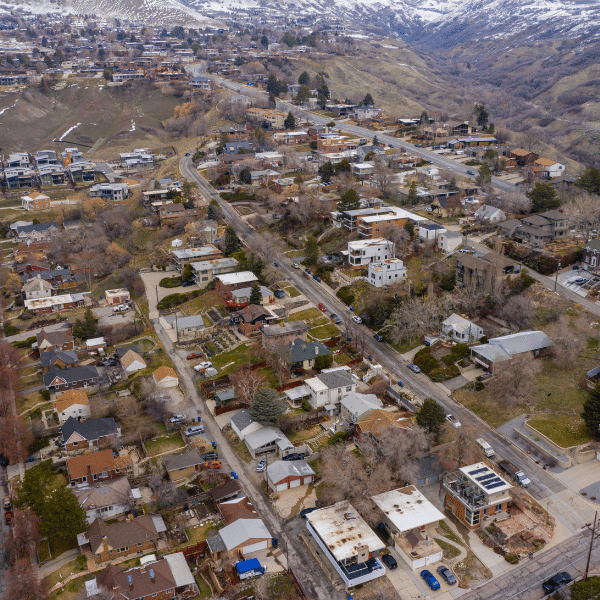
Utah’s climate makes roof timing unique. Unlike northern states where winter roofing stops entirely, Utah’s relatively mild winters along the Wasatch Front allow roofers like IWC Roofing to work year-round.
Key local considerations:
- Snowfall varies widely across regions, so scheduling is more flexible than most homeowners assume.
- Roofing materials, especially asphalt shingles, can be installed in lower temperatures when handled by experienced crews.
- Insurance claims often spike after spring storms, driving demand and prices up.
That is why fall and early winter are your best bets, offering lower demand, favorable conditions, and fewer delays.
How Utah’s Climate Affects Roof Lifespan and Cost
Utah’s hot summers and cold, snowy winters put unique stress on roofing materials. Constant temperature swings cause expansion and contraction that can crack sealants and weaken older shingles. If your roof was not designed for Utah’s elevation and UV exposure, it may age faster than expected.
That is why professional roofers here often recommend Owens Corning Platinum systems, built with heat-reflective granules and reinforced underlayment. They handle extreme temperature shifts better, extending your roof’s lifespan and improving energy efficiency. The right materials do not just save you money at installation. They also lower long-term repair costs.
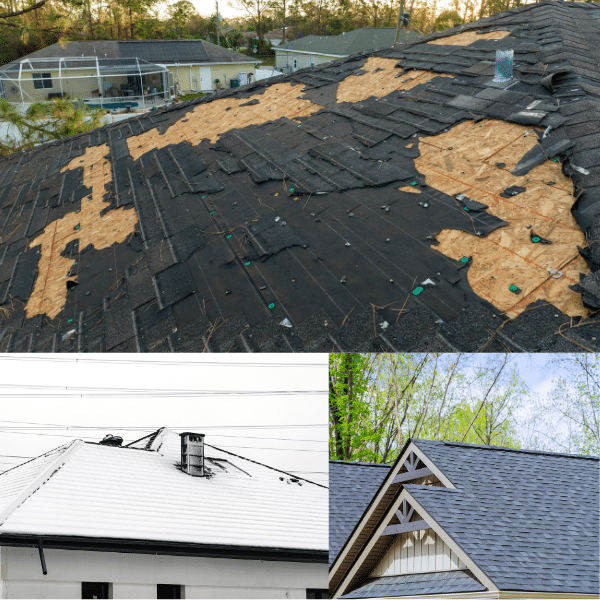
How to Save Without Compromising Quality
A cheaper price should never mean a cheaper roof. Here is what smart Utah homeowners do to get lasting value:
- Get multiple estimates, but compare the right things.Do not just look at the number. Check what is included. Some roofers skip essentials like underlayment or ridge ventilation to appear cheaper.
- Ask about upgrades that come standard.At Intermountain West Contractors (IWC Roofing), premium materials such as Ice & Water Shield and ridge vents are included in every bid with no hidden upcharges.
- Leverage financing smartly.Use 0% APR roof financing to replace your roof now while off-season pricing is available. Waiting can cost more if damage worsens.
- Choose certified installers.Owens Corning Platinum-certified roofers offer better warranties and proven quality. It might cost slightly more upfront, but it saves thousands in future repairs.
The Long-Term Value of Materials and Warranties
The lowest quote might look appealing now, but it often hides future costs. Many budget shingles start showing wear within 10 to 15 years, while premium Owens Corning systems can last 30 to 50 years with proper installation.
Higher-grade shingles resist UV damage, seal better during windstorms, and include stronger algae protection, which is critical for Utah’s changing seasons. Pair that with a 50-year transferable warranty, and you are protecting both your home and its resale value.
When comparing quotes, make sure to factor in warranty coverage and material life. The cheapest option upfront rarely delivers the best lifetime value.
Should You Wait for Cheaper Prices?
Delaying roof work can be tempting, but it is risky. A few months of leaks or storm damage can turn a replacement into a repair-plus-replacement scenario.
If your roof is showing visible damage such as curling shingles, granule loss, or water stains inside, it is better to book an inspection right away. You can still schedule your installation during the lower-cost window, but you will lock in your price and avoid damage escalation.
The Hidden Costs of Waiting Too Long
Waiting for the perfect deal can backfire. Even a small roof leak can lead to plywood rot, insulation damage, or interior water stains. What starts as a manageable replacement can turn into structural repair work costing thousands more.
Insurance also plays a role. Many policies will not cover gradual damage caused by neglect, which means delaying too long could void your coverage. Acting during the off-season gives you the best mix of savings, scheduling flexibility, and peace of mind.
Built on Experience: Why Expertise Matters
At IWC Roofing, we have replaced thousands of Utah roofs since 1997. Our in-house crews, never subcontractors, complete more than 30 roofs every week across West Jordan, Summit County, Wasatch County, and the Wasatch Front.
Because we are Owens Corning Platinum-certified, every roof we install comes with a 50-year manufacturer warranty, which is something most budget contractors cannot offer.
That means you get off-season savings without sacrificing workmanship or warranty protection.
Ready to Plan Your Roof Project?
The best time to replace your roof is not just when it is cheapest. It is when you can do it right the first time.
Plan now. Save later.
Book your free inspection or consultation before the busy season starts again.
Get Your Free Estimate or Explore Roof Replacement Services
Frequently Asked Questions
How much can I save by replacing my roof off-season?
Most Utah homeowners save between 10 and 20 percent on total project costs by scheduling in late fall or winter. These savings come from lower labor demand, stable material pricing, and more flexible crew availability.
Beyond the discount itself, off-season scheduling helps you avoid the long waiting lists common in spring and summer. You can lock in your quote, choose premium materials, and enjoy better financing options before prices reset in the next busy cycle.
Will cold weather affect the quality of installation?
Not if your roof is installed by certified professionals. Cold weather simply requires a slightly different approach. At IWC Roofing, our Owens Corning Platinum certification means our crews are trained in temperature-specific installation standards, from how shingles are stored and handled to how adhesives are activated.
Modern roofing materials are engineered for year-round use, and when installed correctly, winter roofs perform just as well as those installed in peak season. You will get the same warranty coverage and longevity, provided your contractor follows manufacturer protocols.
What if I wait until spring?
Spring brings good weather, but it also brings higher prices and long wait times. As soon as snow starts melting, every homeowner who delayed their project calls at once. Crews book out weeks in advance, and material costs tend to rise with demand.
If you wait until spring, you may end up paying more and waiting longer. By acting during the late fall or early winter lull, you lock in better pricing, faster scheduling, and more personalized service without compromising quality or warranty.
How do I know if my roof can wait?
A quick visual check can tell you a lot. Look for these signs:
- Missing, cracked, or curling shingles
- Bald spots where granules have worn off
- Granules collecting in gutters or downspouts
- Water stains on ceilings or attic boards
- Mold, mildew, or dark streaks on the roof surface
If any of these issues show up, do not wait for the next season to get a better deal. Roof damage spreads quickly once moisture gets underneath. Schedule a free inspection with IWC Roofing. We will assess your roof honestly, show you what is urgent, and help you plan the right timing for replacement without pressure.
Plan Your Next Step with Confidence
If you are comparing timing, pricing, and peace of mind, here is the bottom line: Utah homeowners save the most on roof replacements in late fall and winter.
That is when demand drops, crews are more available, and premium installers like IWC Roofing can offer their best rates without cutting quality.
Your home deserves protection that lasts decades, not just a quick fix. Take advantage of the season’s savings and schedule your free consultation today.
Related Reads:
- How Long Does Roof Replacement Take in Utah
- Roof Financing Options for Homeowners
- 5 Signs It’s Time to Replace Your Roof
- Does Homeowners Insurance Cover Roof Leaks? - December 16, 2025
- Should I Repair Or Replace My Commercial Roof? - December 9, 2025
- What Time of Year Is the Cheapest to Replace a Roof? - November 23, 2025
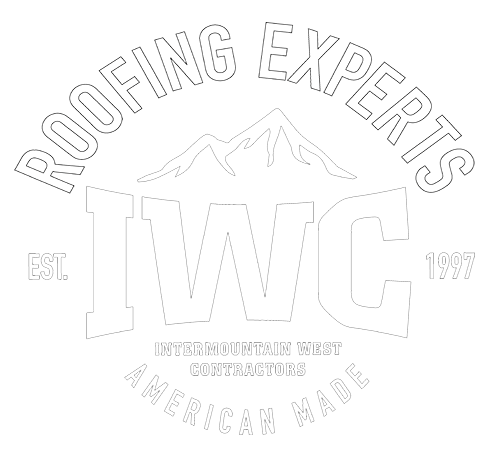
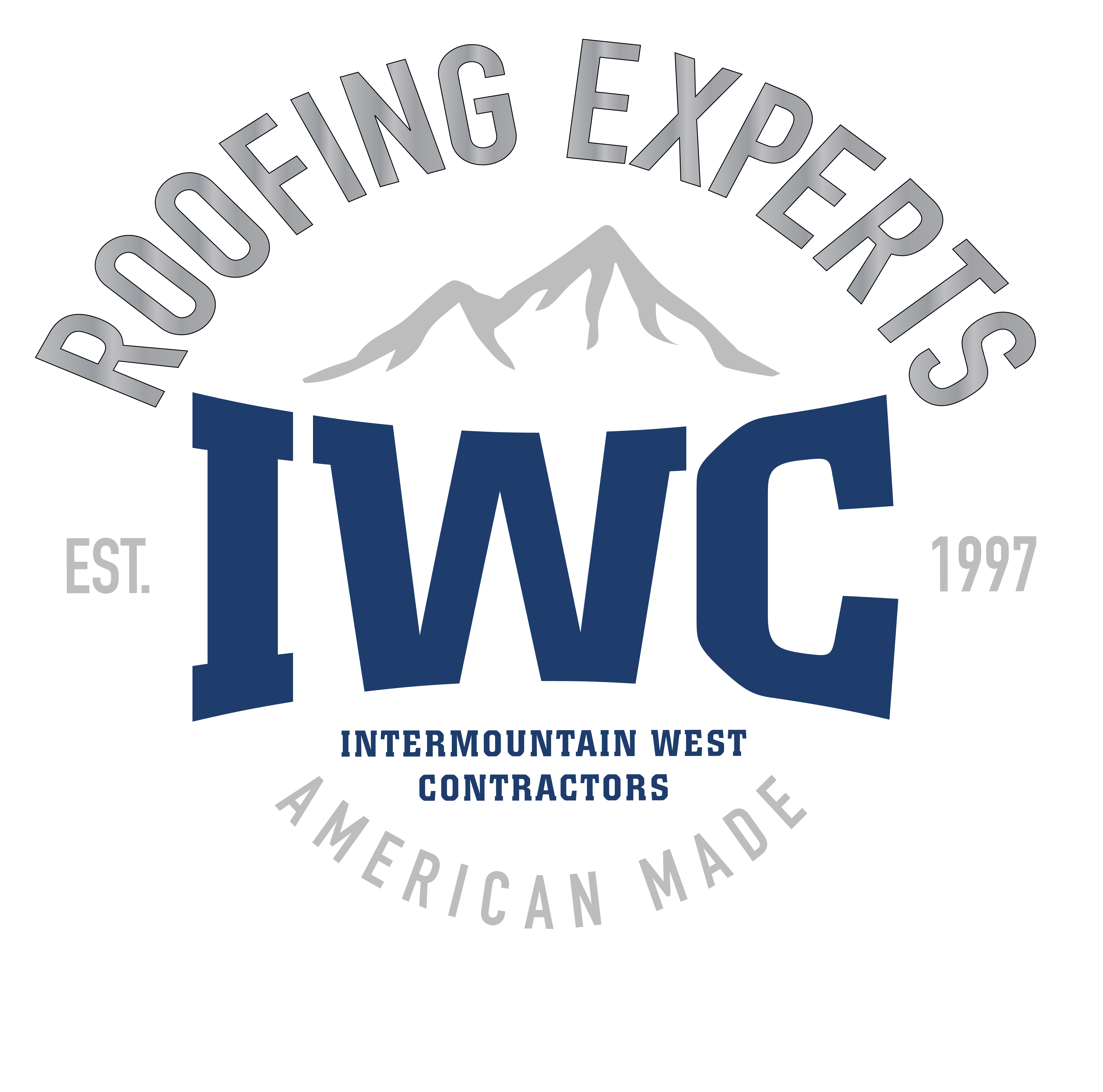
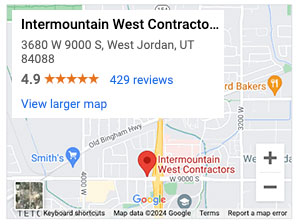
Comments are closed